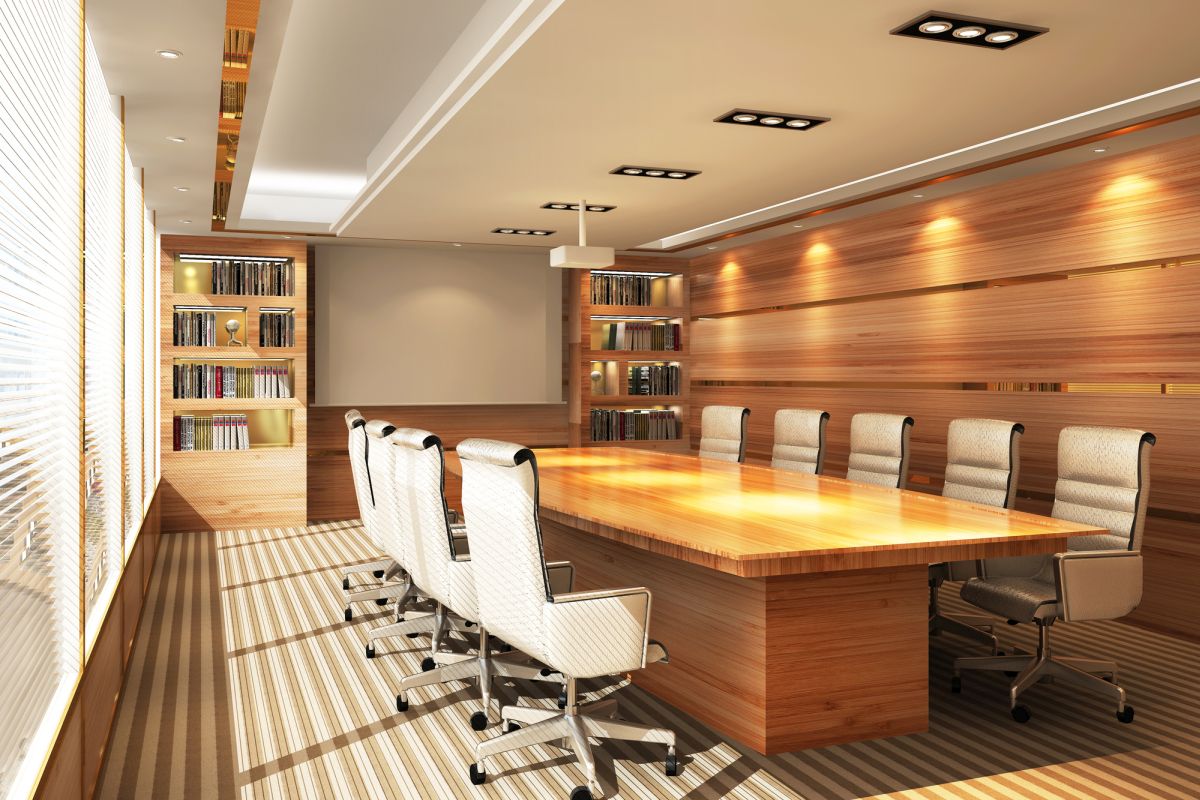India should move to ethanol or hydrogen cars instead of electric cars: Maruti Chairman
The carbon footprint of electric cars in India would be much bigger than that of hybrid cars because in the…
In the USA, as per data on the US government website, 38 per cent of the total energy consumed in a corporate building is on account of lighting

representational image. (Photo: Getty Images)
Regardless of what business you run, you might find yourself wasting more energy as each month goes by. But how can you reduce your carbon footprint while trying to keep up with the daily needs of the business? You could own a restaurant or a small business or a large corporate office, a smart and innovative commercial automation system can significantly impact your energy usage for the better. Keep reading to learn more about an eco-friendly commercial automation technology that will create just the right atmosphere.
In the USA, as per data on the US government website, 38 per cent of the total energy consumed in a corporate building is on account of lighting. A reduction in lighting usage can significantly reduce the total energy consumption. This is where lighting control strategies involving High End Trim, Day Lighting, Vacancy Sensing, Time Scheduling, Motorised Shades among others would help significantly in energy saving.
High End Trim: With the help of dimming, we start off with maximum output of lighting fixtures clipped to 80%. The logic being that the human eye cannot easily differentiate between 10-20% reductions in light from a maximum of 100%.
Advertisement
Day Lighting: The use of DayLight sensors to measure the sunlight available and correspondingly reducing the output of light fixtures saves energy.
Vacancy Sensing: Entering a conference room and manually turning lights on, but having the facility where, on exiting, the vacancy sensor automatically turns lights or even air-conditioning off can significantly cut energy costs and is a commonly used eco-friendly method today.
Time Scheduling: Using a time clock to reduce the overall lighting after normal office hours in public areas is one method of energy saving. These could also be places like parking lots which accommodate maximum traffic at certain times in the day, and lighting can be adjusted according to the same.
Motorised shades: Automated shades are the perfect solution to cut down on the quantity of lighting fixtures. With the push of a button, you can lower or raise the shades at your command. Any of the employees or workers can operate the tech themselves– before a presentation, a meeting, or if a client asks to have the natural sunlight come through. But on a balmy afternoon, the shades may admit diffused daylight, creating a delightful ambiance.
When the shades are up, the lights can dim or turn off completely, effectively minimizing energy consumption.
Motorized windows are not just great for balancing a room’s lighting, they also provide the ultimate insulation for your business. Shades insulate by relying on how they are installed. With a “gap” in between the shade and wall, there is an ideal amount of space created that acts as insulation for the building. During summers, the HVAC will not have to work overtime to cool down spaces, and in winters, the heating bills won’t be nearly as high. Smart shades can keep one warmer or cooler when needed, without even lifting a finger.
Measurement: All above strategies help save energy, and cost. However, in order to measure actual savings, it is important that a large commercial building also invests in an efficient Lighting Management System (LMS), comprising hardware and software to generate eco-friendly solutions based upon actual data and usage in the workspace.
(Alok Hada is Director, Anusha Technovision Pvt. Ltd)
Advertisement